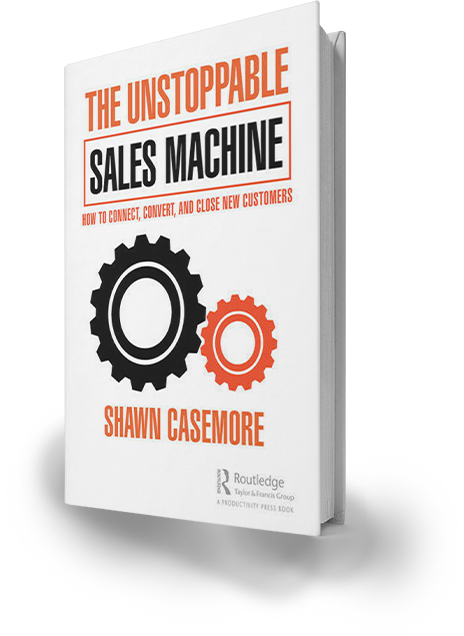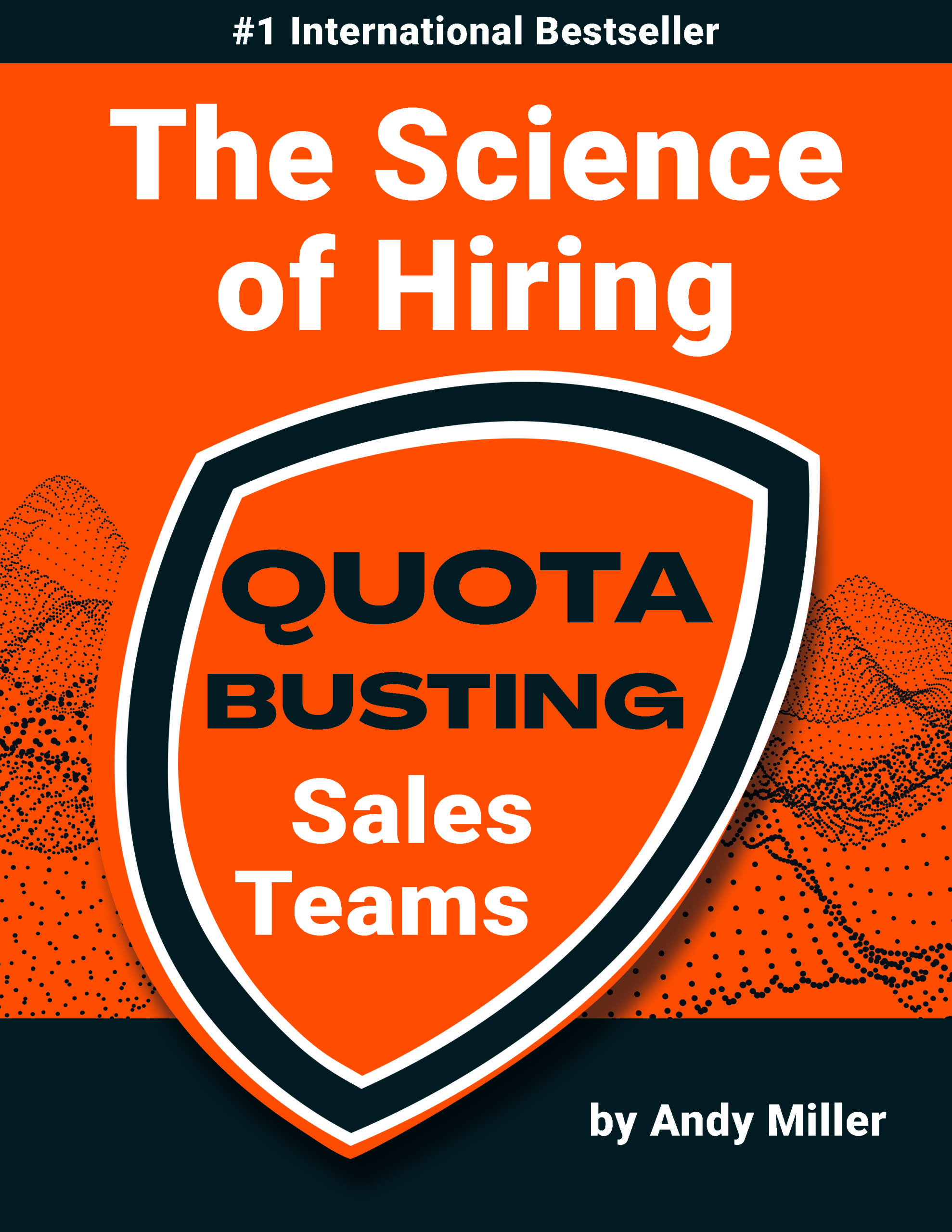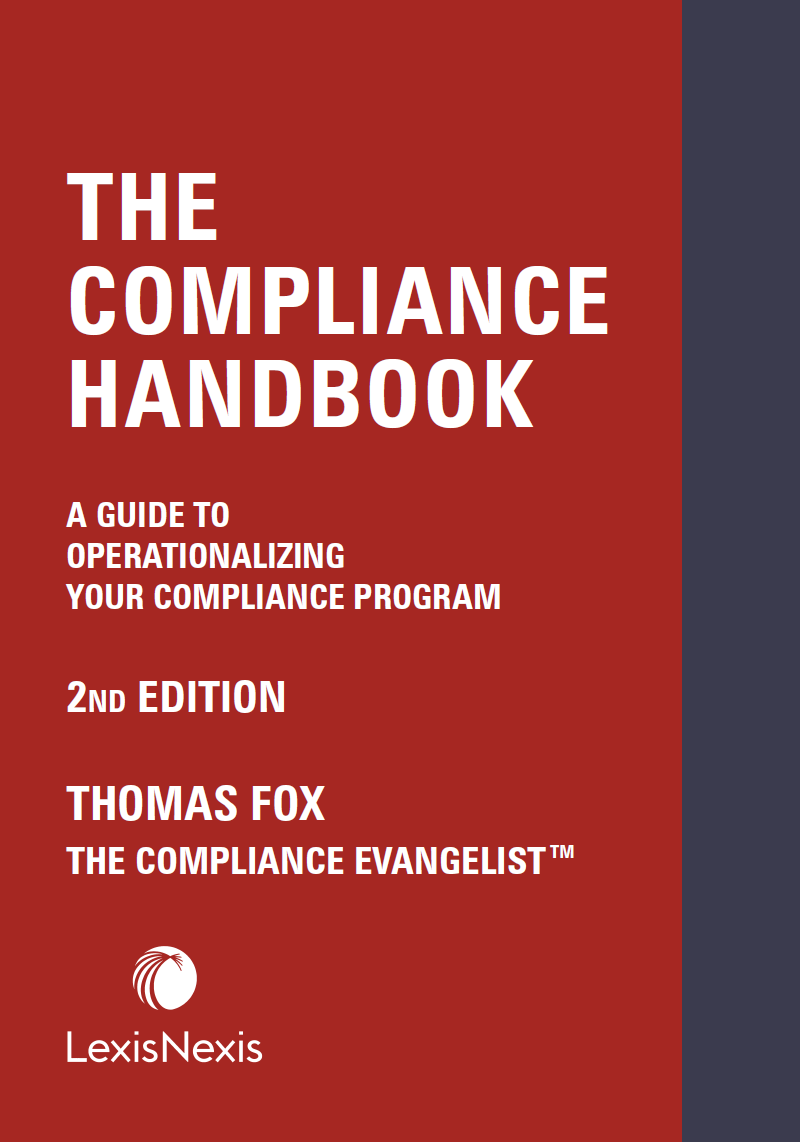Architects of Change: Practical Tools to Build, Lead and Sustain Organizational Initiatives
Dr. Jim Bohn
This book cuts through Change Management theory and focuses on the actions executives must take to achieve the ROI of change. Executives ask: “What exactly is my role in leading a change, and where can I best apply my skills and influence to ensure our desired outcome?” This book answers those questions with clear and specific actions executives need to take to ensure successful change.
“Rooted in profound simplicity and clearly based on “ground level” experience. In a business world where the only thing constant is change, this is an easy read loaded with actionable insights and tools that help derisk organizational changes, large and small.”
Agostino Renna, President & CEO, GE Lighting, EMEA
The Architect of Change is more than the passive role of executive sponsor. This book will help you be a better sponsor of change, but it will also guide you so that you know what to expect, and inspect, as you lead your organization through transformation.
Don Kirkey, Ed.D. Director, Leadership Development Lowe’s Companies, Inc.
Endorsed by G.E., Lowe’s, Walgreens, Comfort Systems USA and others.
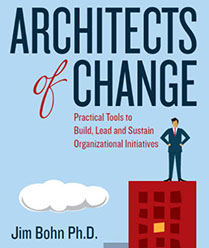

To create new behavior, we must begin with the mind. Change happens in the minds of people. Once we understand that important fact, we can help people adjust to change. Many change management theorists develop complicated and sophisticated models of management to address behavior, without considering the mind. Yet we learn from counseling psychologists Prochaska and DiClemente that individual change starts in the mind. (They identify it as the Transtheoretical Model, meaning it encompasses many theories of individual change). They talk about five stages of individual change, three of which are strictly in the mind:
Precontemplation (Not Ready to take action, and often avoiding change)
Contemplation (Getting Ready to take action, but procrastinating)
Preparation (Ready to take action within the next six months)
Action
Maintenance
While I recognize that their theory is about personal change, their concepts holds true for organizational change as well because change is mediated through individuals (Edgar Schein). In organizations, we force people to move through these stages at a much more rapid pace. Leaders who are aware that change takes place in the minds of individuals can make change much more effective.
With decades of experience in a variety of change projects, along with in-depth scholarship, I have formulated five principles of change. They are intentionally clear and simple to ensure they can be easily used in organizational projects.
Principle of Change #1 – Reduce anxiety to increase adaptation … managing the emotional impact of change.
Managing the fear of change is critical to success. People have many reasons to fear changes in organizations, including a loss of employment, a change of supervisor, a new location, and often, new learning and responsibilities. And, most importantly, change often induces incompetence. What people once knew is no longer true. Great leaders address this issue directly through communication, modeling the change as it unfolds.
Principle of Change #2 – Simplify to increase adoption … managing the cognitive impact of change.
Managing the cognitive impact of change is critical to success. Very often, new changes include significant learning demands for employees and team members including new software, new organizational processes and procedures, new organizational charts, new methods for managing data, new reporting channels, and new business metrics. Great leaders understand this element of change and take the time to design effective learning tools that will simplify the change and so increase adoption.
Principle of Change #3 – Follow-through to assist integration … managing the memory impact of change.
Every change increases workload. And because every change adds workload, great leaders understand the need for follow-through. The new change is one more thing to manage in a day of stress upon stress. Follow-through is key to ensuring people truly grasp not only the importance of the change, but also the determination of leaders to ensure the change takes hold in an organization. Follow-up or foul-up was a phrase I learned a long time ago. People are busy and reminders are necessary to ensure the change is integrated into the organization.
Principle of Change #4 – Measure for correction and celebration … managing the accountability impact of change.
People want to know if they’ve made a difference in the world. One of the most satisfying ways to ensure this element of employee satisfaction is to measure. White (1959) developed research that proved people wanted to ‘make a difference’. Measuring a change helps people not only understand the difference they’ve made, but also allows for two additional benefits: (1) Good measures help an organization make corrections and to ensure the work they’ve put in will not be wasted, and (2) measurement allows for effective and data-centered celebration based on fact, not emotion or favoritism.
Principle of Change #5 – All change builds or destroys trust … managing the psychological safety impact of change.
The final principle is the simplest, yet the most profound. Leaders must understand that the work they do for their employees either builds or erodes trust. As leaders move forward with change, they must keep in mind the fact that employees sense that their leaders know where they’re going, or they sense their leaders are not telling the truth about the purpose for the change. In other words, they want to feel safe. Half-truths will not develop into an effective change, and what’s worse is employees will become more distrustful in the future and will be less likely to expend significant effort on future change efforts. Safety is more than preventing injuries from machines – psychological safety is essential in the workplace.
Attend to these five principles to create a climate for effective and sustainable change.
Prochaska, J.O. and DiClemente, C.C. (1984). The transtheoretical approach: Crossing the traditional boundaries of therapy. Melbourne, Florida: Krieger Publishing Company.
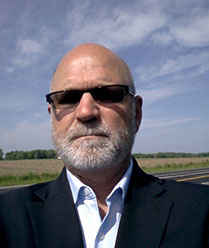
Dr. Jim Bohn has served in a variety of roles in the corporate world since 1973, personally leading the transformation of multiple underperforming teams to achieve award-winning levels of success. “Working in the real world, I have had to live with the change management decisions I have made, both good and bad, and I believe that experience has given me insight into the best ways to approach change.” After several decades with a Fortune 100 company, Dr. Bohn launched his own Change Management and Organizational Transformation Practice. http://proaxios.com/ Dr. Bohn has a unique blend of hands-on, in-the-trenches experience in addition to a rich pedigree of research from his Ph.D. studies.
As a leader, Dr. Bohn has personally led significant change management projects including IT mplementations, mergers and reorganizations. He has served in roles ranging from the shop floor to design, engineering, sales and service.





